Active ingredients: Extracts of Woodruff, Linden and Hawthorn
Lenicalm® 0.3 g tablets
Why is Lenicalm used? What is it for?
LENICALM is a hypnotic and sedative medicine, based on active plant ingredients, extracted from Asperula (Asperula odorata), Hawthorn (Crataegus oxyacantha), Linden (Tilia sylvatica).
Lenicalm is traditionally used as a mild sedative, also to promote night rest.
Talk to your doctor if you do not feel better or if you feel worse after a short period of treatment.
Contraindications When Lenicalm should not be used
Do not use Lenicalm
If you are allergic to "Asperula odorata dry extract," Crataegus oxyacantha dry extract, "Tilia sylvatica dry extract, or to any of the other ingredients of this medicine (listed in section 6)
Precautions for use What you need to know before taking Lenicalm
Talk to your doctor or pharmacist before using Lenicalm.
If in doubt, talk to your doctor before using Lenicalm.
It is also advisable to consult the doctor in cases where the ailments for which Lenicalm is traditionally used had also occurred in the past.
Children
In children, Lenicalm should only be used after consulting your doctor and evaluating with him the risk / benefit ratio in your case.
Interactions Which drugs or foods can modify the effect of Lenicalm
Tell your doctor or pharmacist if you are using, have recently used or might use any other medicines.
Warnings It is important to know that:
Pregnancy and breastfeeding
If you are pregnant, think you may be pregnant or are planning to have a baby, or if you are breast-feeding, ask your doctor or pharmacist for advice before using this medicine and have evaluated with him the risk / benefit in your case.
Driving and using machines
Since the product can cause drowsiness, those who drive vehicles of any kind or who attend to delicate operations requiring integrity of the degree of vigilance must be warned of this.
Dose, Method and Time of Administration How to use Lenicalm: Posology
Always use this medicine exactly as described in this leaflet or as directed by your doctor or pharmacist. If in doubt, consult your doctor or pharmacist.
- As a sedative, the recommended dose is: 1 or 2 tablets 1 to 3 times (up to 6 tablets per day), to be taken with a little water.
- To help you rest at night, the recommended dose is: 2 or 3 tablets to be taken in the evening with a little water, renewing once, at bedtime.
Warning: do not exceed the indicated doses without medical advice.
Warning: use only for short periods of treatment.
Overdose What to do if you have taken too much Lenicalm
If you use more Lenicalm than you should
If you accidentally take an overdose of Lenicalm, notify your doctor immediately or go to the nearest hospital.
If you forget to use Lenicalm
Do not use a double dose to make up for a forgotten dose
Side Effects What are the side effects of Lenicalm
Like all medicines, this medicine can cause side effects, although not everybody gets them.
Rarely, skin rashes are reported with Lenicalm: in this case, stop the treatment and consult your doctor.
Compliance with the instructions contained in the package leaflet reduces the risk of undesirable effects. These side effects are usually transient. However, when they occur, it is advisable to consult your doctor or pharmacist.
Reporting of side effects
If you get any side effects, talk to your doctor or pharmacist. This includes any possible side effects not listed in this leaflet. You can also report side effects directly via the national reporting system: Agenzia Italiana del Farmaco Website: https://www.aifa.gov.it/content/segnalazioni-reazioni-avverse
By reporting side effects you can help provide more information on the safety of this medicine.
Expiry and Retention
Keep this medicine out of the sight and reach of children.
Do not use this medicine after the expiry date which is stated on the package after EXP; this date refers to the product in intact packaging, properly stored. The expiry date refers to the last day of that month.
Store in the original packaging.
Do not throw any medicines into wastewater or moles. Ask your pharmacist how to throw away medicines you no longer use. This will help protect the environment.
What Lenicalm contains
One 0.3 g tablet contains:
- The active ingredients are:
Dry extract of ASPERULA ODORATA. 75 mg (coumarin not less than 0.06%
Excipient: Maltodextrin 20%) Dry extract of CRATAEGUS OXYACANTHA 50 mg (total flavonoids not less than 1% in hyperosides - Excipient: Maltodextrin 25%) Dry extract of TILIA SYLVATICA 50 mg (total flavonoids not less than 1.5% in hyperosides - Excipient: Maltodextrin 20%)
- The other ingredients are:
Microcrystalline cellulose, Magnesium stearate, Methylhydroxycellulose, Colloidal anhydrous silicon, Titanium oxide.
What Lenicalm looks like and contents of the pack
Lenicalm comes in the form of tablets for oral use. The contents of the package are 30 tablets of 0.3 g.
Source Package Leaflet: AIFA (Italian Medicines Agency). Content published in January 2016. The information present may not be up-to-date.
To have access to the most up-to-date version, it is advisable to access the AIFA (Italian Medicines Agency) website. Disclaimer and useful information.
01.0 NAME OF THE MEDICINAL PRODUCT
LENICALM
02.0 QUALITATIVE AND QUANTITATIVE COMPOSITION
1 tablet of 0.3 g contains:
Active principles
• Dry extract of ASPERULA ODORATA (coumarin not less than 0.06%. Excipient: Maltodextrin 20%) 75 mg.
• Dry extract of CRATAEGUS OXYACANTHA (total flavonoids not less than 1% in hyperosides. Excipient: Maltodextrin 25%) 50 mg.
• Dry extract of TILIA SYLVESTRIS (total flavonoids not less than 1.5% in hyperosides. Excipient: Maltodextrin 20%) 50 mg.
Excipients:
microcrystalline cellulose, magnesium stearate, anhydrous colloidal silicon, methyl hydroxy cellulose, titanium dioxide.
03.0 PHARMACEUTICAL FORM
0.3 g tablets.
04.0 CLINICAL INFORMATION
04.1 Therapeutic indications
LENICALM is indicated as a mild sedative, also to promote night rest.
04.2 Posology and method of administration
Route of administration
The medicine is to be taken orally.
Dosage
1 or 2 tablets 1 to 3 times (up to 6 tablets per day), to be taken with a little water.
To promote a night's rest:
2 or 3 tablets to be taken in the evening, renewing once at bedtime.
04.3 Contraindications
Hypersensitivity ascertained to the components of the product or to other strictly correlated substances from a chemical point of view.
04.4 Special warnings and appropriate precautions for use
Keep out of reach of children.
04.5 Interactions with other medicinal products and other forms of interaction
There are no known interactions.
04.6 Pregnancy and lactation
There are no special warnings.
04.7 Effects on ability to drive and use machines
Since the product can cause drowsiness, those who drive vehicles of any kind or who attend to delicate operations requiring integrity of the degree of vigilance must be warned of this.
04.8 Undesirable effects
Rarely reported skin rashes. In this case, stop the treatment and consult your doctor.
04.9 Overdose
No special notes are described regarding overdose of the medicinal product.
05.0 PHARMACOLOGICAL PROPERTIES
05.1 Pharmacodynamic properties
Woodruff, linden and hawthorn are traditionally used in the symptomatic treatment of neurotonic states of adults and children, especially in light sleep disturbances. cardiac and vasodilator at the level of the coronary district, and on the other with a sedative action on the central nervous system. It also has hypotensive properties, although the mechanisms of action and the possible synergy of its components are not yet known precisely, studies on animals have allowed us to establish a certain correlation between the different properties of hawthorn and the nature of some of its chemical compounds. , cardiac hypotensive and antiarrhythmic activity are due to flavonoids.
The coronary vasodilator activity is instead to be attributed to the hyperosides, vitexins and furocyanhydrins.
The empirical use of inflorescences and linden bracts as a light sedative of the central nervous system and as a sedative has been confirmed by experiments on animals. Two main activities on the cardiovascular system have been highlighted: one hypotensive and one negative inotropic. The activities, sedative. and spasmolytic are to be attributed respectively to farnesol and to a substance of the chemical group of the hill.
Other and more recent experiments, always on animals, in addition to confirming the activity of lime tree albirn on the cardiovascular system with hypotensive and coronary and peripheral vasodilator effects, have demonstrated the biliary and hypochloretic antispasmodic action, already desired by folk medicine.
These latter activities are due in particular to phloroglucinol.
The asperula odorata has, among its components, some coumarin compounds that give its extracts antispasmodic and sedative prerogatives. Their very delicate action suggests the use of the woodruff extracts in the states of insomnia of children and the elderly. and patients with great sympathetic disorders Coumarin glycosides also exert a vasodilating action at the level of peripheral vessels.
05.2 "Pharmacokinetic properties
Hawthorn: the acute toxicity of the alcoholic extract, orally, expressed as LD50 is 18.5 ml / kg in the mouse and 33.8 ml / kg in the rat.
Linden: no acute toxicity of linden sapwood extract administered orally was observed in rats, while in mice it is very weak.
Woodruff: No studies on the toxicity of woodruff extracts are reported.
05.3 Preclinical safety data
---
06.0 PHARMACEUTICAL INFORMATION
06.1 Excipients
Microcrystalline cellulose, magnesium stearate, anhydrous colloidal silicon, methyl hydroxy cellulose, titanium dioxide.
06.2 Incompatibility
There are no known cases of incompatibility.
06.3 Period of validity
Three years. With intact packaging.
06.4 Special precautions for storage
None.
06.5 Nature of the immediate packaging and contents of the package
Box of 30 tablets in heat-sealed PVC blisters.
06.6 Instructions for use and handling
None.
07.0 MARKETING AUTHORIZATION HOLDER
Laboratoires BOIRON Srl
Via Nirone, 8 - 20123 Milan - ITALY
08.0 MARKETING AUTHORIZATION NUMBER
028203014
09.0 DATE OF FIRST AUTHORIZATION OR RENEWAL OF THE AUTHORIZATION
September 30, 2007
10.0 DATE OF REVISION OF THE TEXT
September 30, 2007


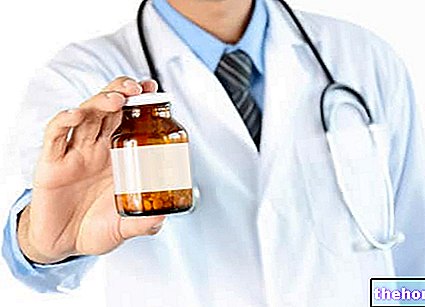
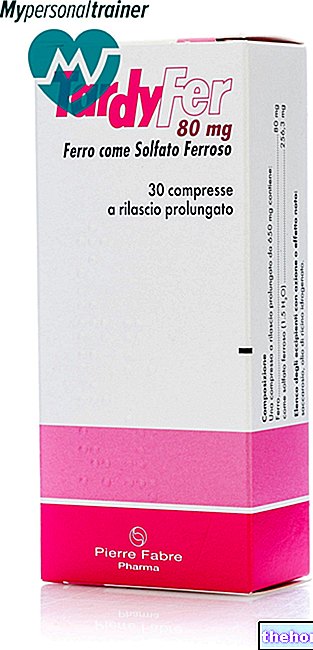
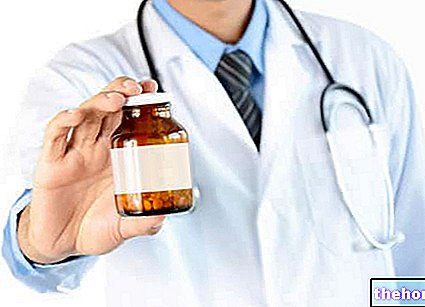
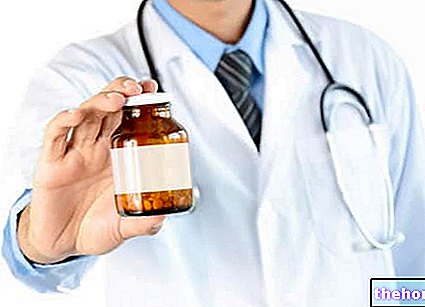
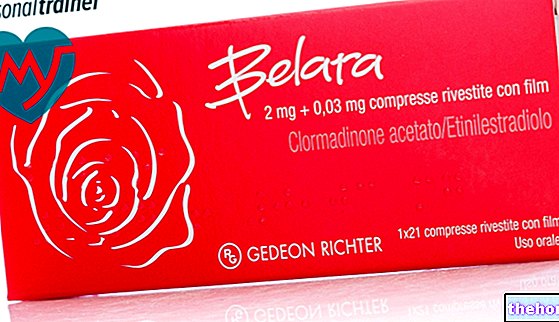
















-nelle-carni-di-maiale.jpg)




